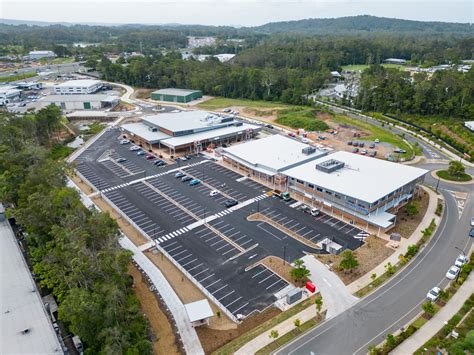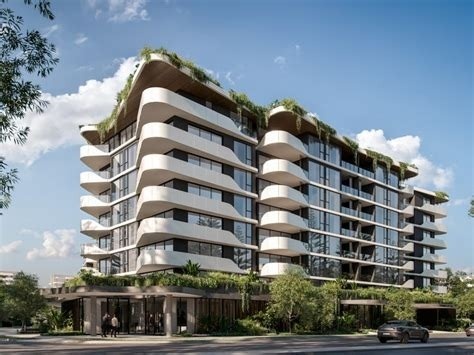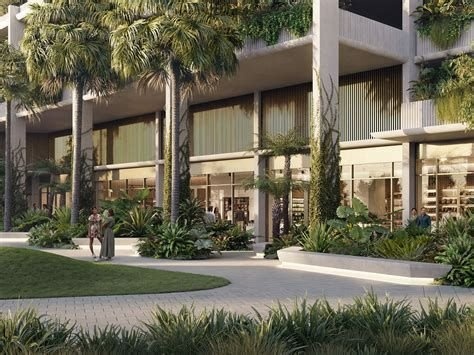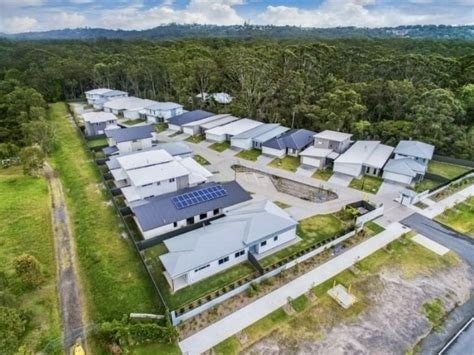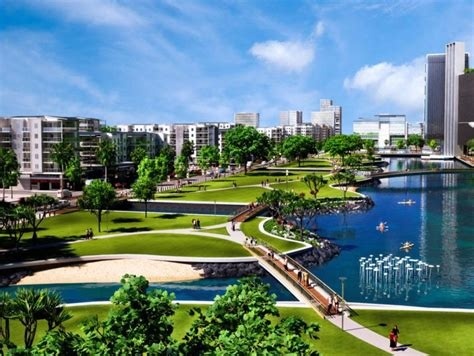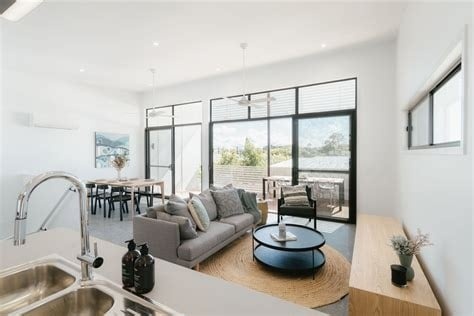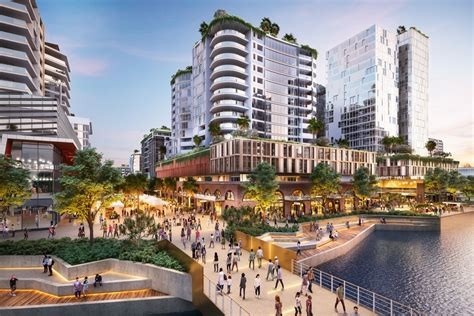Chart Color Schemes
est. as @ -- *
ABS ERP | -- people | --
2021 Census | -- people
Sales Activity
Curious about local property values? Filter the chart to assess the volume and appreciation (including resales) trends and regional comparisons, or scroll to the map below view this information at an individual property level.
Find a Recent Sale
Sales Detail
Population
Population growth drivers in Buderim - North are strong compared to national averages based on AreaSearch's ranking of recent, and medium to long-term trends
Buderim - North's population is approximately 19,879 as of August 2025. This figure represents an increase of 1,919 people since the 2021 Census, which reported a population of 17,960. The growth is inferred from ABS data showing an estimated resident population of 19,760 in June 2024 and the addition of 222 validated new addresses since the Census date. This results in a population density ratio of 824 persons per square kilometer, comparable to averages observed across other locations assessed by AreaSearch. Buderim - North's growth rate of 10.7% since the 2021 census exceeded both the SA3 area (7.4%) and non-metro areas, indicating it as a notable growth leader in the region. Interstate migration contributed approximately 73.7% of overall population gains during recent periods.
AreaSearch adopts ABS/Geoscience Australia projections for each SA2 area, released in 2024 with a base year of 2022. For areas not covered by this data and years post-2032, Queensland State Government's SA2 area projections are used, released in 2023 based on 2021 data. However, these state projections do not provide age category splits; therefore, AreaSearch applies proportional growth weightings from ABS Greater Capital Region projections (released in 2023, based on 2022 data) for each age cohort when utilising state projections. Based on the latest population numbers, Buderim - North is expected to increase by approximately 2,331 persons by 2041, recording a total gain of around 11.1% over the 17-year period.
Frequently Asked Questions - Population
Development
AreaSearch assessment of residential development activity positions Buderim - North among the top 25% of areas assessed nationwide
Buderim - North has seen approximately 135 dwellings receive development approval annually. Development approval data is provided by the ABS on a financial year basis, with 676 homes approved over the past five financial years between FY20 and FY25, and eight approvals recorded so far in FY26. On average, around 2.3 people have moved to the area per new home constructed over these five years, indicating strong demand which supports property values. New homes are being built at an average expected construction cost of $676,000, slightly above the regional average, suggesting a focus on quality developments.
Commercial approvals this financial year totalled $41.2 million, demonstrating high levels of local commercial activity. Compared to the rest of Queensland, Buderim - North shows 93.0% more development activity per person. Recent construction comprises 96.0% standalone homes and 4.0% medium and high-density housing, maintaining the area's traditional low density character with a focus on family homes appealing to those seeking space. Interestingly, developers are building more traditional houses than the current mix suggests at Census, indicating continued strong demand for family homes.
Buderim - North reflects a developing area with around 183 people per approval. Future projections show Buderim - North adding 2,212 residents by 2041. Based on current development patterns, new housing supply should readily meet demand, offering good conditions for buyers and potentially facilitating population growth beyond current projections.
Frequently Asked Questions - Development
Infrastructure
Buderim - North has emerging levels of nearby infrastructure activity, ranking in the 37thth percentile nationally
Changes to local infrastructure significantly impact an area's performance. AreaSearch identified 29 projects potentially affecting the region. Notable initiatives include UnityWater Infrastructure Program (2023-2027), Mooloolaba to University Active Transport Corridor, Proposed Sunshine Coast Planning Scheme - Buderim and Surrounds Local Plan Area, and Power Road Buderim Residential Development. The following list details projects likely most relevant.
Professional plan users can use the search below to filter and access additional projects.
INFRASTRUCTURE SEARCH
Frequently Asked Questions - Infrastructure
UnityWater Infrastructure Program 2023-2027
Major water infrastructure program including treatment plants, pipeline upgrades, and water security projects. Covers Sunshine Coast and Moreton Bay regions to support population growth and improve water supply resilience.
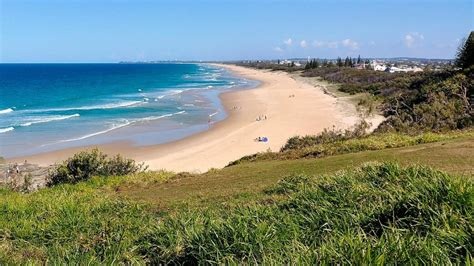
Sunshine Coast Infrastructure Coordination Plan Projects
Comprehensive infrastructure coordination plan covering multiple projects across the Sunshine Coast region. Includes transport, community facilities, and urban development initiatives to support regional growth and 2032 Olympics preparation.
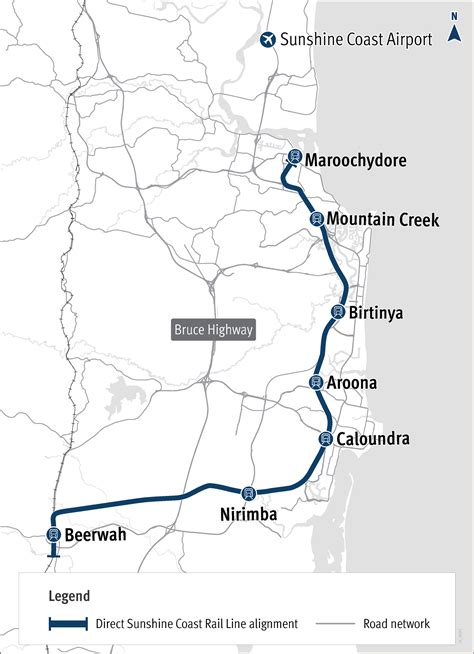
Proposed Sunshine Coast Planning Scheme - Buderim and Surrounds Local Plan Area
The proposed Buderim and Surrounds Local Plan Area is part of the comprehensive new Sunshine Coast Planning Scheme under formal public consultation until September 19, 2025. The plan covers highly constrained steep and vegetated areas on the Buderim escarpment, with limited opportunities for further growth primarily along Wises Road/North Buderim Boulevard and parts of Forest Glen. The scheme will set the planning vision for the Sunshine Coast to 2041 and replace the current 2014 planning scheme.
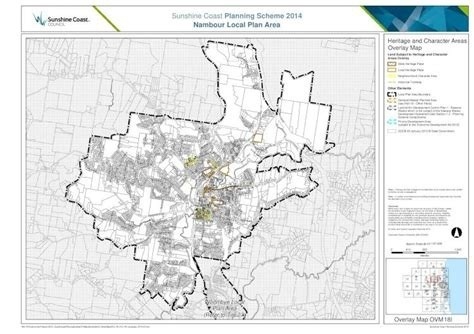
Proposed Sunshine Coast Planning Scheme
A new planning scheme by Sunshine Coast Council to replace the 2014 scheme, setting a vision for 2046 and guiding sustainable growth. It includes 18 local plans covering the region, balancing development with environmental protection, community values, housing diversity, affordability, and climate resilience.
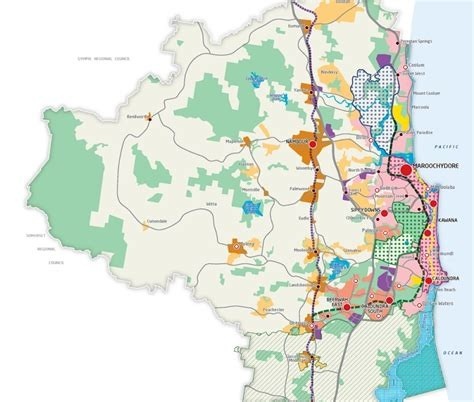
Bruce Highway Upgrade - Maroochydore Road to Mons Road
Major upgrade of Bruce Highway interchange at Maroochydore Road and Mons Road, including new four-lane eastbound bridge, signalised interchange, service roads, and extension of Owen Creek Road. Project includes asphalt rehabilitation at Bli Bli interchange.
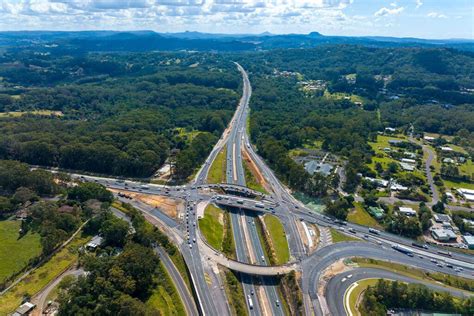
Power Road Buderim Residential Development
A $182 million residential project on a 5.2-hectare site delivering 206 terrace-style residences with one to four-bedroom homes, featuring resort-style amenities including a 25m pool, pickleball court, gym, sauna, steam room, hot and cold plunges, work spaces, and communal areas. The development includes the extension of Goshawk Boulevard to Power Road as the primary access point, aimed at first homebuyers, downsizers, and families.
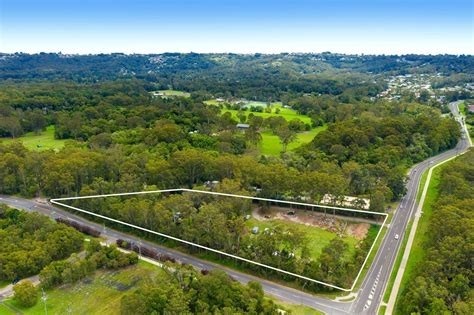
Mooloolaba to University Active Transport Corridor
Multi-stage active transport corridor connecting Mooloolaba to University of Sunshine Coast via Mountain Creek and Sippy Downs. Includes dedicated cycling and walking paths, bridge crossings and intersection improvements for safe active transport across 6 stages.
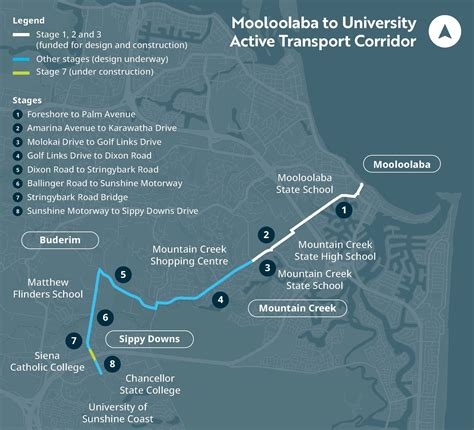
Sunshine Coast Mountain Bike Centre
$14 million upgrade to create an international-standard mountain bike centre with competition trails, athlete and community facilities, trail head including cafe, bike shop, parking, and amenities. Designed to host Brisbane 2032 Olympic mountain bike events with capacity for 8,000 standing spectators and 2,000 temporary seats. Enhances nature-based recreation and boosts local tourism.
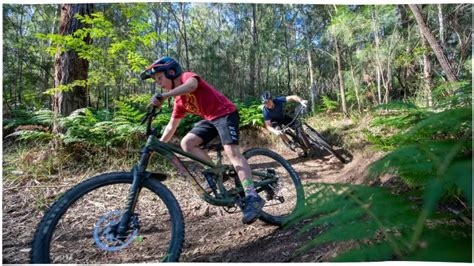
Employment
AreaSearch analysis reveals Buderim - North significantly outperforming the majority of regions assessed nationwide
Buderim - North had an unemployment rate of 1.9% as of June 2025, with 9,555 residents employed. This rate was 2.1% lower than the Rest of Qld's rate of 3.9%.
Workforce participation in Buderim - North was 54.6%, compared to Rest of Qld's 59.1%. The dominant employment sectors among residents were health care & social assistance, construction, and education & training. Health care & social assistance had particularly notable concentration with employment levels at 1.3 times the regional average. Agriculture, forestry & fishing had limited presence with 0.8% employment compared to 4.5% regionally.
The ratio of workers to residents was 0.6, indicating a level of local employment opportunities above the norm. In the 12 months prior, labour force decreased by 2.3%, employment by 1.5%, and unemployment rate fell by 0.8 percentage points. In contrast, Rest of Qld experienced employment growth of 1.8% and labour force growth of 2.0%, with a rise in unemployment rate by 0.2 percentage points. State-level data to Sep-25 showed QLD employment contracted by 0.23%, losing 8,070 jobs, with the state unemployment rate at 4.2%. National employment forecasts from May 2025 projected national employment growth of 6.6% over five years and 13.7% over ten years. Applying these projections to Buderim - North's employment mix suggested local growth of approximately 7.2% over five years and 14.7% over ten years, though this was a simple extrapolation for illustrative purposes and did not account for localised population projections.
Frequently Asked Questions - Employment
Income
Income levels sit below national averages according to AreaSearch assessment
AreaSearch data shows median taxpayer income in Buderim - North was $47,362 in financial year 2022. Average income stood at $66,550, slightly above national averages of $50,780 and $64,844 for Rest of Qld respectively. By March 2025, adjusted for Wage Price Index growth of 11.71%, median income is estimated at approximately $52,908 and average at $74,343. According to the 2021 Census, incomes in Buderim - North rank modestly, between the 40th and 41st percentiles. The predominant income cohort spans 28.6% of locals (5,685 people) with incomes between $1,500 and $2,999, consistent with broader trends in the surrounding region at 31.7%. Housing affordability pressures are severe, with only 83.9% of income remaining, ranking at the 41st percentile. The area's SEIFA income ranking places it in the 7th decile.
Frequently Asked Questions - Income
Housing
Buderim - North is characterized by a predominantly suburban housing profile, with above-average rates of outright home ownership
Buderim - North's dwelling structure, as per the latest Census, consisted of 79.8% houses and 20.2% other dwellings (semi-detached, apartments, 'other' dwellings). In comparison, Non-Metro Qld had 74.1% houses and 25.9% other dwellings. Home ownership in Buderim - North stood at 45.3%, with mortgaged dwellings at 36.9% and rented ones at 17.9%. The median monthly mortgage repayment was $2,028, exceeding Non-Metro Qld's average of $2,000. The median weekly rent was $460, compared to Non-Metro Qld's $465. Nationally, Buderim - North's mortgage repayments were higher at $2,028 than the Australian average of $1,863, and rents were substantially above the national figure of $375.
Frequently Asked Questions - Housing
Household Composition
Buderim - North has a typical household mix, with a lower-than-average median household size
Family households comprise 70.5% of all households, including 28.0% couples with children, 33.7% couples without children, and 8.2% single parent families. Non-family households account for the remaining 29.5%, with lone person households at 26.9% and group households comprising 2.7%. The median household size is 2.4 people, smaller than the Rest of Qld average of 2.6.
Frequently Asked Questions - Households
Local Schools & Education
Buderim - North shows strong educational performance, ranking in the upper quartile nationally when assessed across multiple qualification and achievement indicators
The area's university qualification rates are notably high at 30.5% of residents aged 15+, surpassing both the Rest of Qld average (20.6%) and the SA4 region average (24.9%). Bachelor degrees are most common among these qualifications at 20.5%, followed by postgraduate qualifications (6.4%) and graduate diplomas (3.6%). Vocational credentials are also prevalent, with 36.6% of residents aged 15+ holding such qualifications, including advanced diplomas (12.9%) and certificates (23.7%).
Educational participation is high, with 26.5% of residents currently enrolled in formal education, comprising 9.1% in primary, 7.9% in secondary, and 4.7% in tertiary education. The three schools in Buderim - North have a combined enrollment of 3,776 students, with the region displaying significant socio-educational advantages and academic achievement (ICSEA: 1117). The educational mix includes one primary school and two K-12 schools.
Frequently Asked Questions - Education
Schools Detail
Nearby Services & Amenities
Transport
Transport servicing is low compared to other areas nationally based on assessment of service frequency, route connectivity and accessibility
The analysis of public transport in Buderim - North shows that there are 52 active transport stops operating. These stops serve a mix of bus routes, with a total of 6 individual routes providing service to the area. The combined weekly passenger trips from these routes amount to 769.
The accessibility of transport is rated as good, with residents located an average of 339 meters from their nearest transport stop. The service frequency across all routes averages at 109 trips per day, which equates to approximately 14 weekly trips per individual stop.
Frequently Asked Questions - Transport
Transport Stops Detail
Health
Health performance in Buderim - North is lower than average with common health conditions somewhat prevalent across both younger and older age cohorts
Buderim - North faces significant health challenges with common health conditions prevalent across both younger and older age cohorts.
The rate of private health cover is approximately 52%, higher than the average SA2 area (~10,416 people). The most common medical conditions are arthritis (10.8% of residents) and mental health issues (7.3%). A total of 65.7% of residents declare themselves completely clear of medical ailments, compared to 69.0% across Rest of Qld. The area has a higher percentage of residents aged 65 and over, at 29.5% (5,864 people), compared to the state average of 20.2%. Health outcomes among seniors are above average, performing better than the general population in health metrics.
Frequently Asked Questions - Health
Cultural Diversity
Buderim - North ranks below the Australian average when compared to other local markets across a number of language and cultural background related metrics
Buderim-North showed cultural diversity below average, with 76.0% born in Australia, 88.5% being citizens, and 94.5% speaking English only at home. Christianity was the predominant religion at 52.7%. Judaism's representation was slightly higher than the regional average, at 0.2%.
The top three ancestry groups were English (33.9%), Australian (23.8%), and Scottish (10.0%). Notable differences existed for Welsh (0.8% vs 0.7%), South African (0.9% vs 0.9%), and German (5.3% vs 4.6%) groups.
Frequently Asked Questions - Diversity
Age
Buderim - North hosts an older demographic, ranking in the top quartile nationwide
Buderim - North's median age at 49 years is significantly higher than the Rest of Qld average of 41 years and exceeds the national average of 38 years. The age profile shows that those aged 75-84 are particularly prominent, making up 11.0% of the population, while the 25-34 group comprises only 8.5%. Between 2021 and present, the 15 to 24 age group has increased from 8.9% to 10.4%, and the 75 to 84 cohort has risen from 9.8% to 11.0%. Conversely, the 55 to 64 cohort has decreased from 12.9% to 11.8%, and the 45 to 54 group has dropped from 13.1% to 12.0%. By 2041, Buderim - North's age composition is expected to shift notably. The 85+ group is projected to grow by 74%, reaching 1,664 people from 956. Those aged 65 and above are expected to comprise 55% of the population growth, while declines are projected for the 55 to 64 and 15 to 24 age cohorts.
